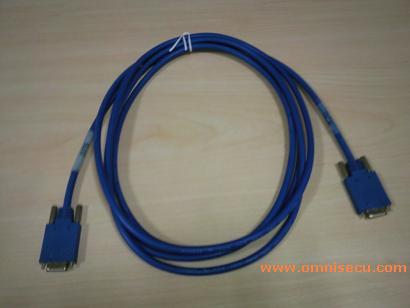

The speed of these connections ranges up to E1 (2.048 Mbps).
#DTE VS SMART SERIAL SERIAL#
Serial connections support WAN services such as dedicated leased lines that run the Point-to-Point Protocol (PPP) or Frame Relay. Figure 4-15 shows a subset of physical implementations that support some of the more prominent WAN solutions today. Needs vary, depending on the distance of the equipment from the services, the speed, and the actual service itself. Many physical implementations carry traffic across the WAN. Learning about the different types of WAN serial and router connections and their functions can help you understand more about how a WAN works. Just as several types of physical layer implementations for LANs exist, various kinds of serial and router connections can also be used in a WAN environment, depending on the network requirements.

As technologies, like hydrogen and carbon capture become market-ready, we also add these to our plan.WAN Cabling Standards Understanding WAN Cabling The three-fold approach reducing internal greenhouse gas emissions to net zero by 2050 includes new operational improvements, working with suppliers that share the company’s environmental commitment and inviting our customers on the journey through energy efficiency programs and a significantly enhanced voluntary greenhouse gas reduction program that includes renewable natural gas and carbon offsets. When our Blue Water Energy Center begins operation in 2022, it will be the most efficient power plant in Michigan – a state-of-the-art, low-emission energy source that will provide electricity to 850,000 homes.ĭTE Gas is helping to drive an industry-wide movement toward cleaner natural gas production with a roadmap that includes suppliers and customers, as well as its own operations.

Compared to coal, natural gas is cleaner, cheaper and easier to transport.

And that’s why we need 24/7 energy sources, such as natural gas-fueled plants. So we can’t rely on wind turbines and solar panels to supply our electricity around-the-clock. Our bold net zero carbon emissions goal sets the framework for DTE to go beyond its existing commitments to reduce carbon emissions 50% by 2028 and 80% by 2040, ensuring our medium- and long-term plans align with the scientific consensus around the importance of achieving significant economy-wide emissions reduction by 2050.Īs Michiganders know well, the wind doesn't always blow, and the sun doesn't always shine in our beautiful state. DTE has 18 wind parks and 32 solar parks, and by 2023, we will have cut carbon emissions by 32% since 2005. Like all big transformations, the shift to cleaner energy won’t happen overnight, but it has already begun. We’re also providing options for customers to save money and energy through our expanded energy efficiency programs and are offering residential and business customers the opportunity to buy more clean energy to meet their own sustainability goals. We are in the midst of an important and fundamental transformation in the way we produce energy in our state, accelerating coal plant retirements and investing in cleaner Michigan-made energy, including wind and solar parks and a natural gas plant.


 0 kommentar(er)
0 kommentar(er)
